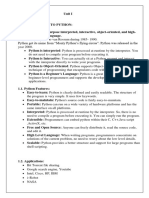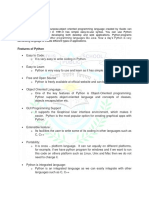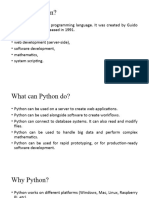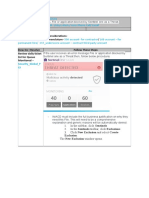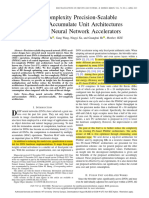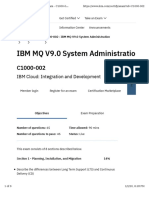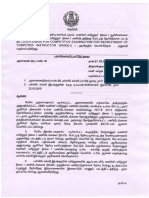0% found this document useful (0 votes)
82 views17 pagesAnkit PYTHON LAB
The document is a Python lab manual for a student named Ankit Verma. It contains 6 exercises that introduce Python programming concepts such as data types, variables, syntax, comments, and indentation. The exercises provide examples and explanations of core Python topics to help a new Python programmer learn the basics of the language.
Uploaded by
Mic CavCopyright
© © All Rights Reserved
We take content rights seriously. If you suspect this is your content, claim it here.
Available Formats
Download as DOCX, PDF, TXT or read online on Scribd
0% found this document useful (0 votes)
82 views17 pagesAnkit PYTHON LAB
The document is a Python lab manual for a student named Ankit Verma. It contains 6 exercises that introduce Python programming concepts such as data types, variables, syntax, comments, and indentation. The exercises provide examples and explanations of core Python topics to help a new Python programmer learn the basics of the language.
Uploaded by
Mic CavCopyright
© © All Rights Reserved
We take content rights seriously. If you suspect this is your content, claim it here.
Available Formats
Download as DOCX, PDF, TXT or read online on Scribd
/ 17

